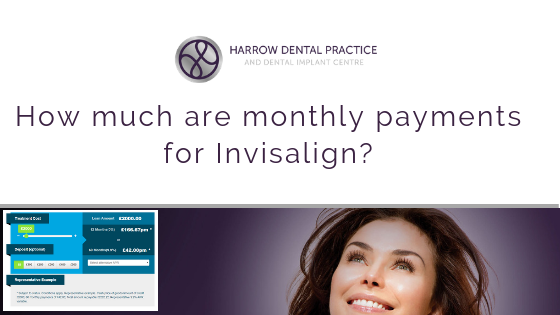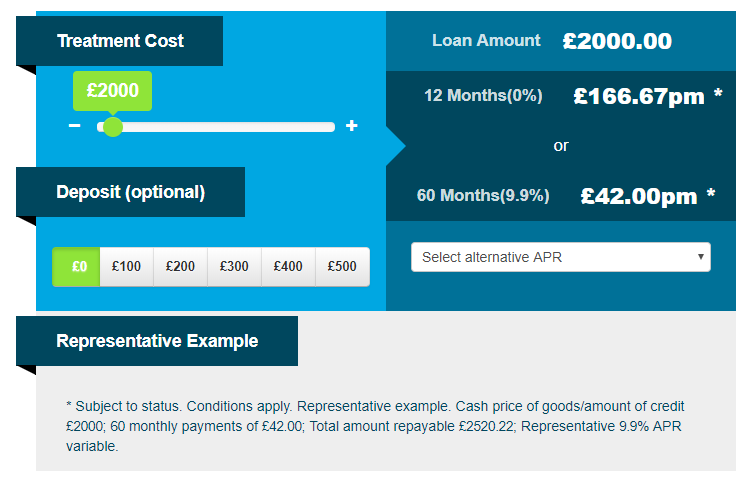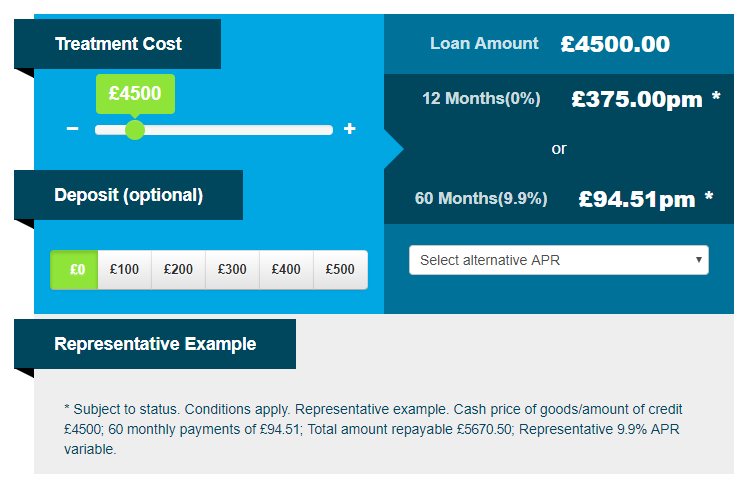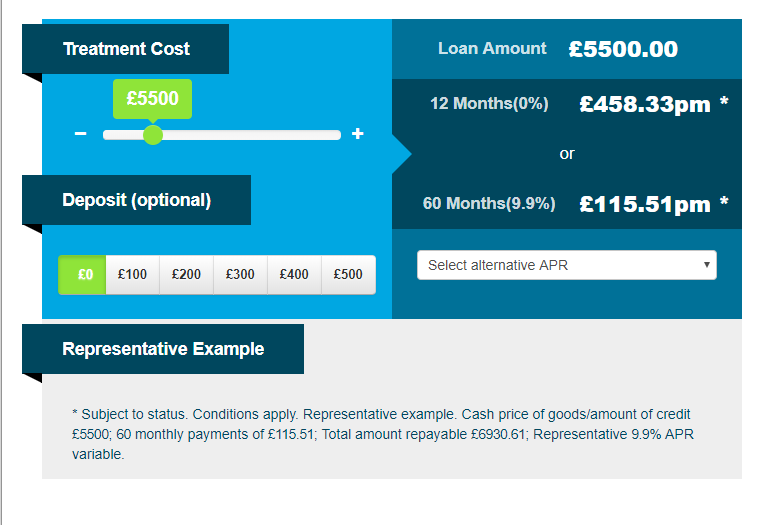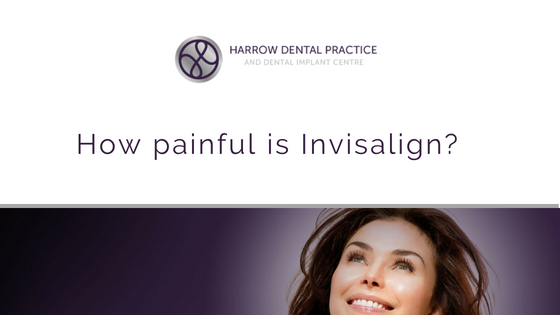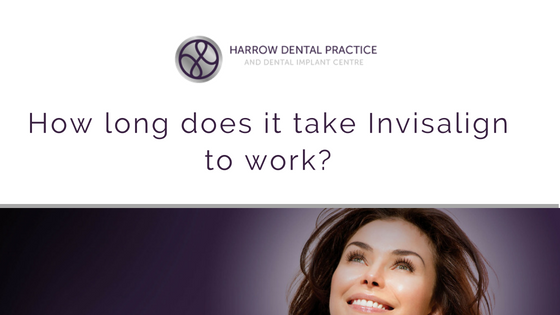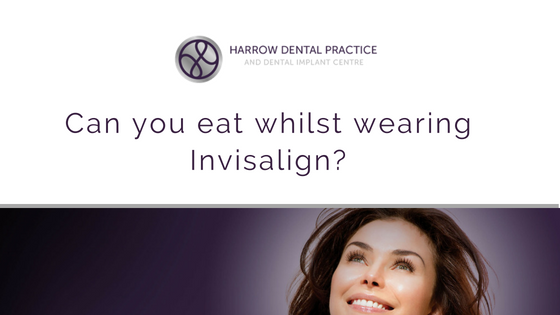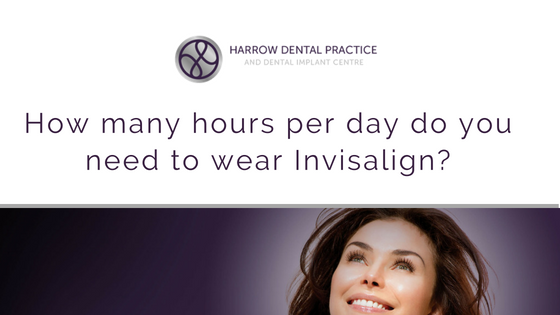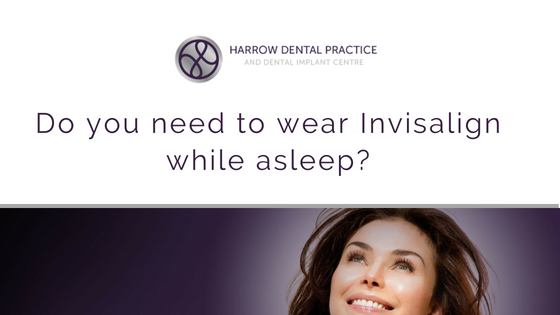When you pay for teeth whitening you, of course, want to get the best result teeth whitening and fast results. This blog post identifies some of the best ways you can achieve this in a safe and effective way.
We’re going to go through a few different areas of teeth whitening, starting with cleaning your teeth and then going through some facts & myths.
Cleaning your teeth to get the best teeth whitening result
Very simple way to help your teeth look brighter and whiter is to ensure they are as clean as possible.

Each day a thin layer of biofilm builds up over the surface of your teeth, this is a thin sticky layer which, if not cleaned off will harden into tartar. This tartar can then attract surface stains which look dark. This is particularly true if you smoke or drink lots of tea, coffee or red wine.
Electric toothbrushes
Using an electric toothbrush can be a really effective way to brush your teeth and keep your pearly whites as bright as possible.
Which is the best toothbrush for uneven teeth?
It can be rather difficult cleaning around uneven or crooked teeth, this is one of the reason that straighter teeth can be beneficial. However, if you have uneven teeth then an electric toothbrush will probably be better.
If you use a conventional manual toothbrush to clean your teeth then not only do you have to be sure to hold it at the correct angle whilst moving it around every single tooth, you also have to manually pulsate it in order to clean properly. With an electric brush you simply focus on the exact area you wish to clean and new electric toothbrush will pulsate or rotate in exactly the right way to clean your teeth most effectively.
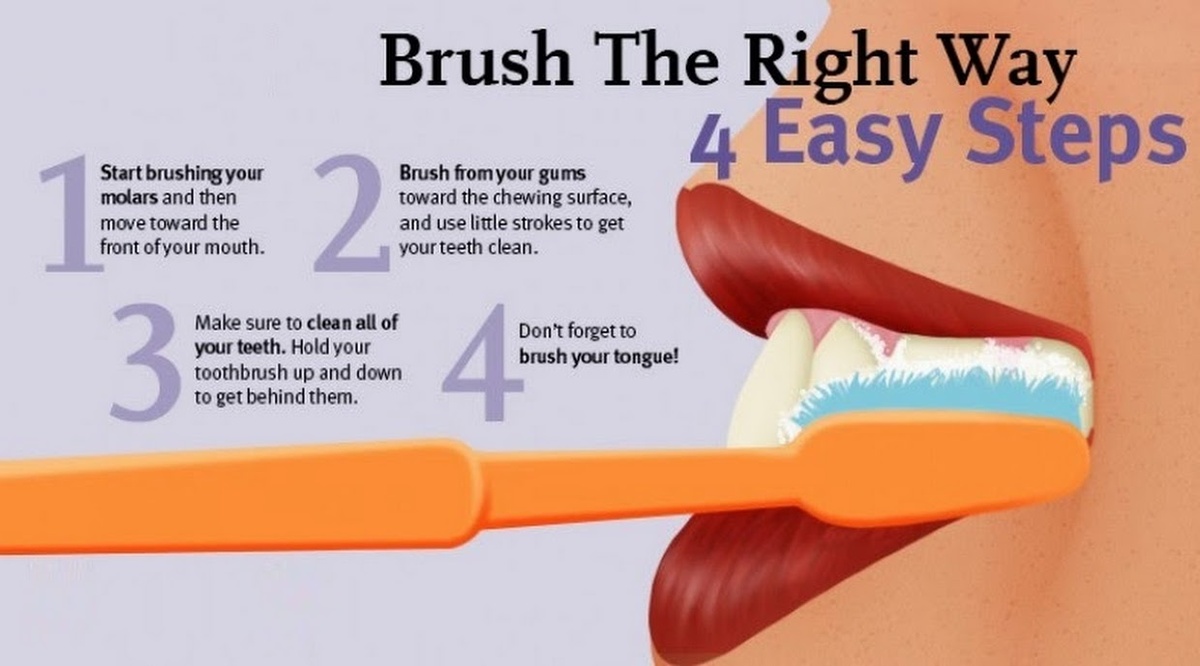
Can brushing alone whiten teeth?
It depends upon the reason for the teeth being darker in the first place. If it is due to staining then yes, brushing alone may be able to whiten your teeth slightly. You may also see a slight improvement if you use a whitening toothpaste.
However, because toothpaste is not especially designed to remove stains you will find the best result comes when you use professional teeth whitening from your dentist.
Teeth whitening , Fact or Myth?
Teeth whitening with oil pulling
How does coconut oil whiten teeth?
Coconut oil pulling requires you to take a small amount of edible oil, typically a teaspoon and often coconut oil, this is then swished around the mouth to care for teeth. Some people claim that this offers various benefits like whitening teeth. There is however no scientific evidence to support this claim.
Another problem is that people may be tempted to use this technique instead of using conventional toothpaste, this could actually result in damage to your teeth. Conventional toothpaste will contain fluoride which helps the teeth re-mineralise and stay hard and resistant to acid attack. Without this fluoride your teeth will be more prone to attack and you will stand a higher chance of getting tooth decay.
Is it true that the usage of coconut oil makes whiter teeth?
There is no scientific evidence that we are aware of which demonstrates that coconut all makes teeth whiter. In order to make teeth whiter the substance used needs to either:
- Remove surface stains by abrasion.
- Bleach the surface of the tooth.
Coconut oil does not have the ability to do either of these.
Teeth whitening with charcoal
It has been claimed that charcoal can help whiten teeth. Activated charcoal has many tiny holes in its surface, this allows it to absorb a wide range of chemicals making it highly suitable for use in filters etc. The reality is that the dental community doesn’t know enough about activated charcoal at the moment.
It’s not clear whether the activated charcoal actually absorbs chemicals and cleans teeth better making them look whiter or whether it is just because it is an abrasive substance which abrades your tooth enamel and makes it look whiter.
In either case there are a few things to look out for:
- Using activated charcoal clean your teeth could wear away the teeth and damage the gums if the charcoal is abrasive.
- Using activated charcoal alone to clean your teeth may mean that you are not using conventional toothpaste which contains fluoride. The result could be that your teeth are more susceptible to decay as they don’t have the re-mineralisation assistance from the fluoride.
LED Teeth whitening
Does teeth whitening with a LED work?
The LED whitening lights which are commonly available for home use may, in some circumstances very slightly increase the effectiveness of the whitening. Some dental practices also use a high-intensity LED lights for 30 minutes.
However, in our opinion the best teeth whitening treatment with fast results can be attained by home teeth whitening. This is using researched, tried and tested techniques of a custom fitted tray with a bleaching agent and a whitening tray, similar to mouth guards. You wear this tray overnight for approximately 14 nights.
This also is very effective for people with sensitive teeth. If you find your teeth get overly sensitive you can simply stop the treatment immediately. Your teeth although the cover over the course of the day.
Using home teeth whitening like this means you can control how wide your teeth go to achieve the optimum result.
On the whole we don’t recommend over-the-counter teeth whitening products such as teeth whitening strips. In order to have the adequate strength in order to whitening your teeth they will need to be provided on prescription by dentist, commonly purchased products typically don’t have a strong enough active agent to make a large difference.

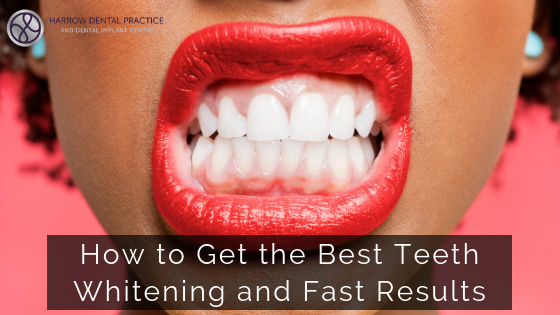
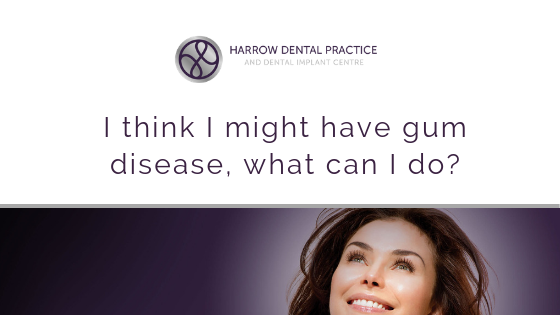
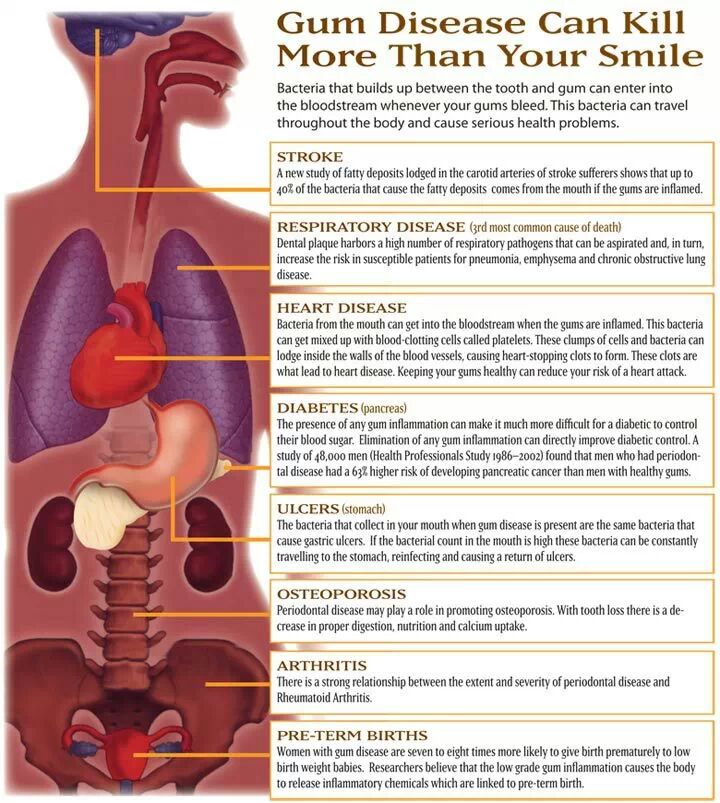
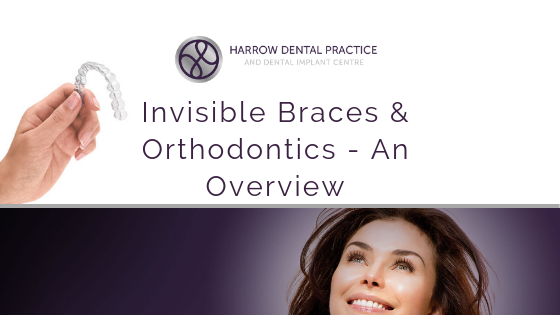
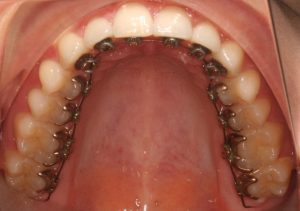
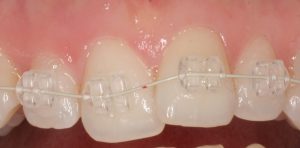 This is yet another cosmetic alternative to the standard braces. The archwire is made tooth coloured to reduce its visibility against the background formed by your teeth. And the brackets are made of transparent plastic or tooth coloured ceramic so that they are not noticed. In addition, clear or transparent ligatures are used to enhance aesthetics.
This is yet another cosmetic alternative to the standard braces. The archwire is made tooth coloured to reduce its visibility against the background formed by your teeth. And the brackets are made of transparent plastic or tooth coloured ceramic so that they are not noticed. In addition, clear or transparent ligatures are used to enhance aesthetics.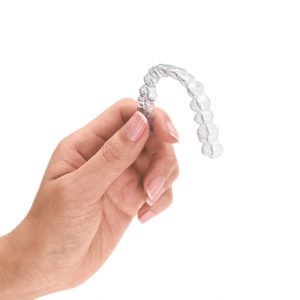 In the category of orthodontic teeth alignment appliances, the
In the category of orthodontic teeth alignment appliances, the 